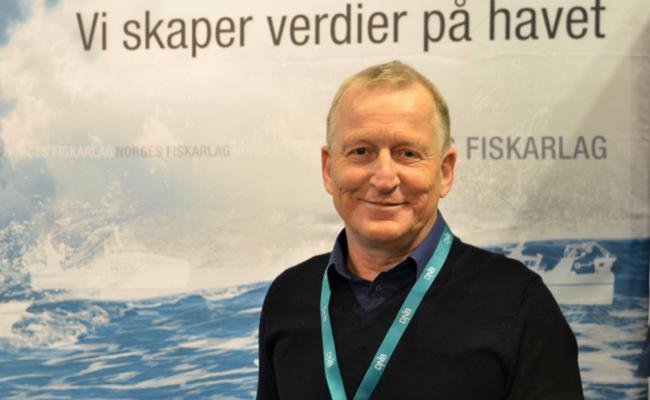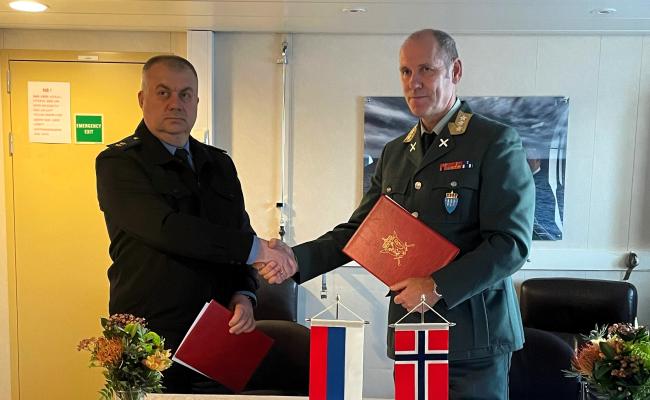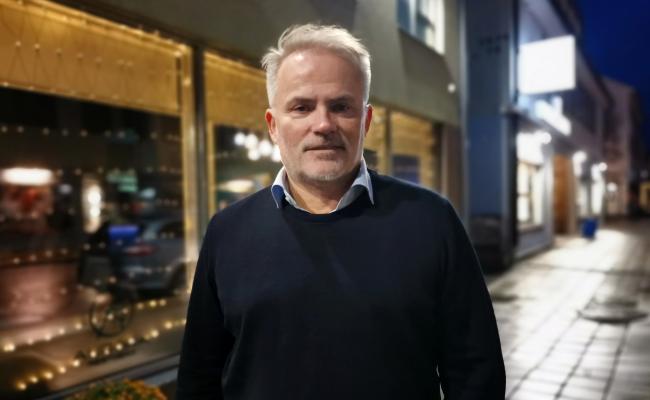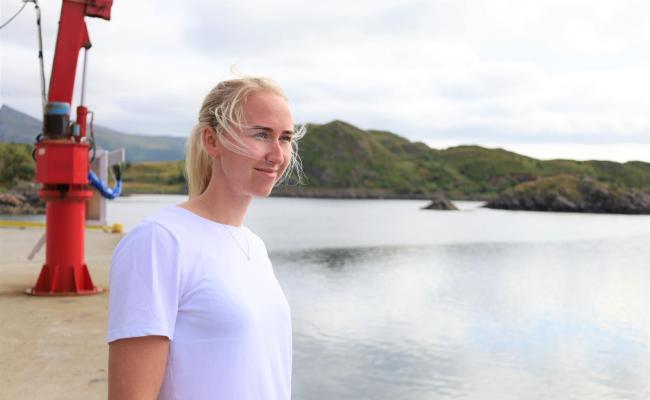Norway and Russia Reached a Fisheries Agreement for 2024
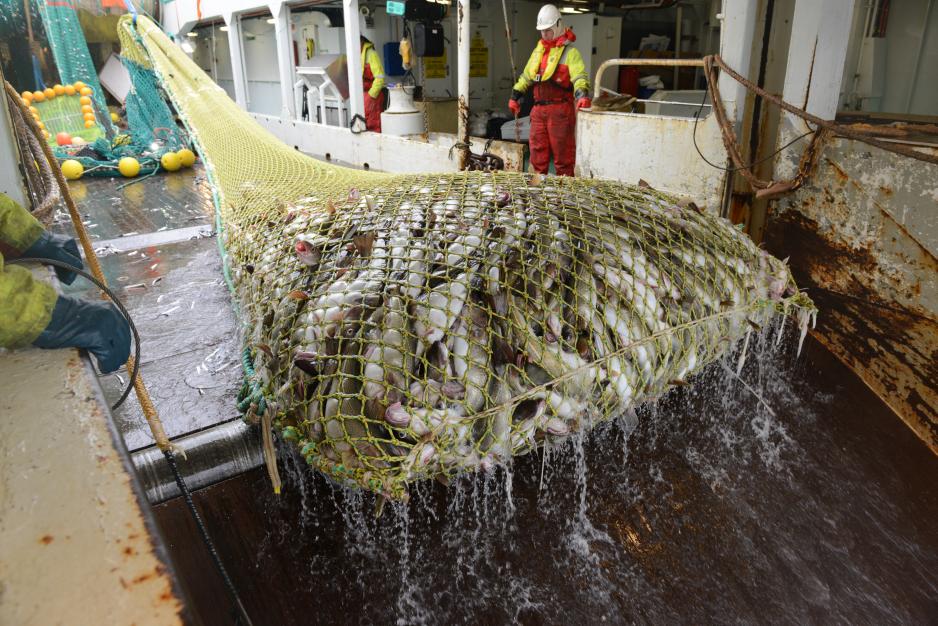
Since the 1970s, Norway and Russia have cooperated on the management of joint fish stocks in the Barents Sea, such as the world's largest cod stock – the Northeast Arctic cod. However, the stock is decreasing, and there is now a Russian-Norwegian agreement on fishing less of it next year. (Photo: Kjartan Mæstad/The Norwegian Institute of Marine Research)
Norwegian and Russian authorities have set next year's fishing quotas for the Barents Sea. "The agreement ensures a long-term and sustainable ocean management in the High North," says Norway's Minister of Fisheries and Ocean Policy, Cecilie Myrseth.
After digital negotiations, Norway and Russia have agreed on a fisheries agreement for 2024, according to the Norwegian Ministry of Trade, Industry, and Fisheries.
The fisheries cooperation is one of the few still existing areas of interaction between Norway and Russia after the Ukraine War.
"It is good that we have entered into a fisheries agreement with Russia, despite also this year being in an extraordinary situation. The agreement ensures long-term and sustainable ocean management in the High North and is crucial for us to protect the cod stock and the other species in the Barents Sea," says Minister of Fisheries and Ocean Policy, Cecilie Myrseth (Labor), and continues:
"That the Capelin quota will be as high as 196 000 is especially gratifying. It is the largest Capelin quota since 2018. We are also pleased with the reduction of the Greenland halibut quota – from 25 000 to 21 250 tonnes. There is uncertainty around this stock, and it is therefore important that both parties show responsibility and reduce the quota."
"There is also reason to highlight the Atlantic redfish stock, which is continuing to grow and has reached a level in which it has become an important resource for the Norwegian fisheries industry," adds the minister.
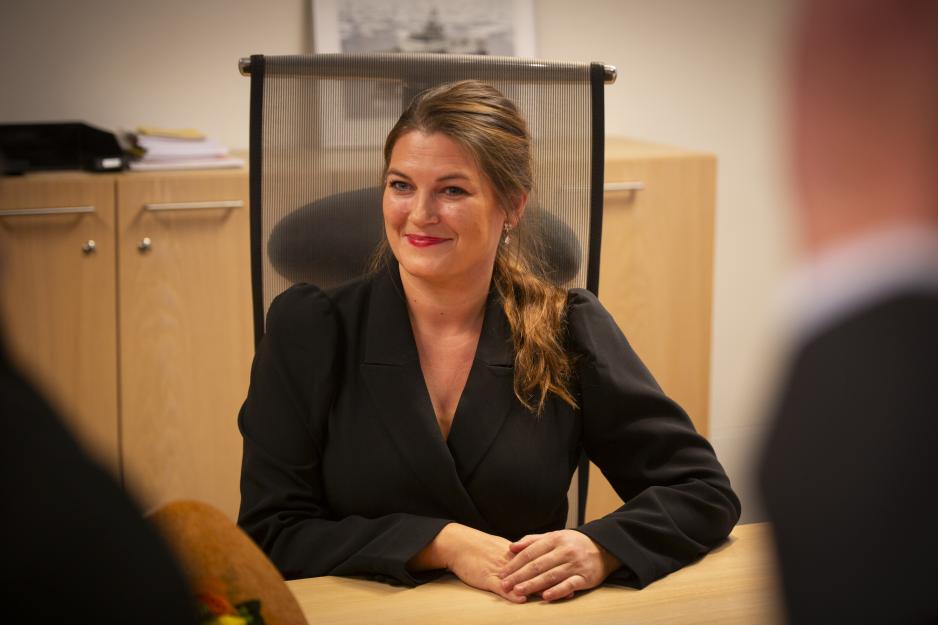
Norway's new Minister of Fisheries and Ocean Policy Cecilie Myrseth (Labor), emphasizes the significant increase of the Capelin quota in the new fishery agreement with Russia. (Photo: David Berg Tvetene/NDF)
Lower quota
Next year's total quota for the Northeast Arctic cod is set to 453 427 tonnes, which is 20 percent lower than this year's quota – and the lowest quota since 2008.
The authorities have thereby followed the recommendations from the Norwegian-Russian group of researchers for the fish stocks in the Barents Sea, which presented its joint quota advice in June.
"The cod in the Barents Sea is still a large and important stock, but there are no longer fairytale conditions," said Bjarte Bogstad, Stock Manager for the Northeast Arctic cod at the Norwegian Institute of Marine Research and part of the aforementioned group.
The researchers estimate that the spawning stock is now around 70,000 tonnes – the lowest it has been since 2008.
Their advice is framed by a management rule stating that the quota cannot be reduced by more than 20 percent – as long as the spawning stock has not fallen below the precautionary level.
Bogstad expects further decline in the quota advice for 2025 as well – and believes the cod stock will stabilize in a few years if the researchers' advice is followed in the coming fishery negotiations.
The aforementioned total quota for cod fishing is distributed between Norway, Russia and third countries after the same pattern as previous years. The Norwegian quota for 2024 will be 212 124 tonnes.
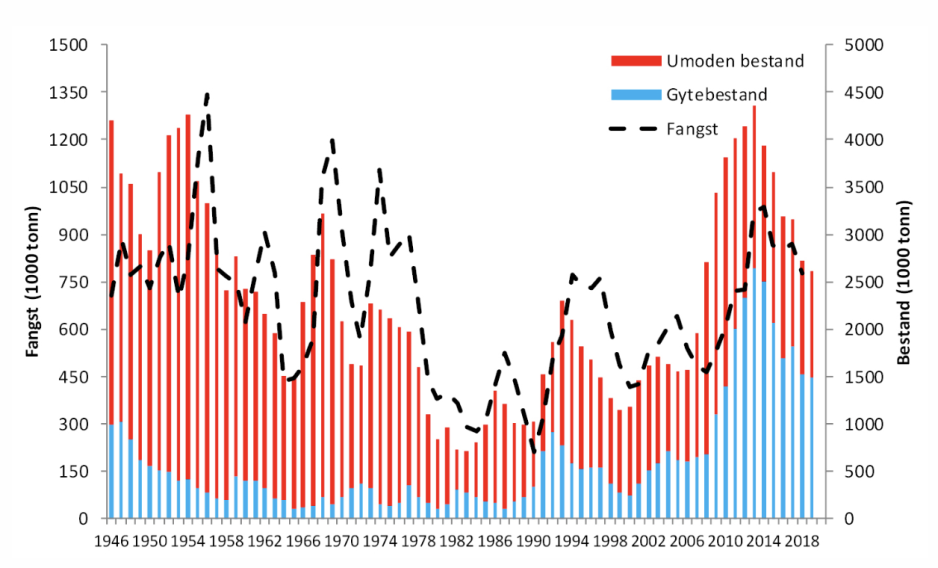
Overview of the development in the stock and the catch of Northeast Arctic cod until 2018. Now, researchers estimate that the spawning stock is at the lowest level since 2008. (Red colour: Immature stock. Blue colour: Spawning population. Black: The catch.) (Screenshot from the Norwegian Institute for Marine Research)
The other quotas
The Norwegian-Russian researchers also recommended lower quotas for haddock and Greenland halibut. Norwegian and Russian authorities have reduced the quotas for these species, but not as much as the researchers suggested.
- The total quota for haddock in 2024 is 141,000 tonnes, which is 29,067 tonnes lower than the quota for this year. Norway's share of next year's quota will be 70,605 tonnes. (Note that the quota recommendation for haddock was up to 127,500 tonnes – a reduction of 25 percent from 2023.)
- Next year's fishing for Greenland halibut will be able to take place within the total quota of 21,250 tonnes, a decrease of 3,750 tonnes. Norway's share amounts to 10,823 tonnes. (Note that the quota recommendation for Greenland halibut was 15,560 tonnes –16 percent lower than the advice for 2023.)
- For the Atlantic redfish, the total quota is 70,164 tonnes for next year, corresponding to an increase of 3,385 tonnes from this year. The Norwegian quota is 48,518 tonnes.
- The total quota for capelin in 2024 is set at 196,000 tonnes – an increase of 134,000 tonnes from this year's allocation. This is the highest capelin quota since 2018, and the Norwegian share will amount to 117,550 tonnes.
The parties also agree on continuing the work on management rules for Greenland halibut, Atlantic redfish, capelin, and shrimp.
Quota recommendations within an adjusted framework
Usually, the quota recommendations for the Barents Sea are anchored in the International Council for the Exploration of the Sea (ICES).
Due to the warfare against Ukraine, Russia was banned from ICES in March of 2022.
Norway has concurrently maintained the co-management of joint fish stocks with Russia.
Therefore, the advice for this year's and next year's fishing in the Barents Sea has been drawn up by a bilateral research group from the Norwegian Institute of Marine Research and the Russian Federal Research Institute for Fisheries and Oceanography (VNIRO).
Port ban
In the spring of 2022, the Norwegian government introduced a port ban against Russian vessels, but with an exception for Russian fishing vessels – justified with particular reference to the fisheries cooperation with Russia.
At the beginning of October of the same year, the government decided that Russian fishing vessels over 500 gross tonnes can only dock in Kirkenes, Båtsfjord, and Tromsø – and will be inspected when they call.
When the Norwegian-Russian fisheries agreement for 2023 was presented two weeks later, it became known that Russia threatened to put it on hold if Norway further restricted the port ban on Russian fishing vessels.
The government has not introduced any further restrictions, but the Chief of Police in Finnmark, Northern Norway, have introduced restrictions on seafarers' freedom of movement in Sør-Varanger municipality (Kirkenes) and Båtsfjord municipality.
In June, the Chief of Police in Troms (where Tromsø is located) proposed introducing a similar limitation in seafarers' right to shore leave. The status of this process is uncertain.



